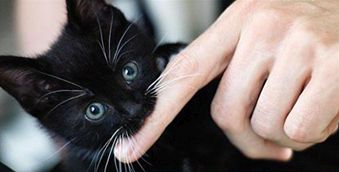 With the onset of summer, the number of referrals related to animal bites has increased in clinics. Below are step-by-step recommendations on how to provide emergency care for a bite before consulting a specialist or arriving in an ambulance.
With the onset of summer, the number of referrals related to animal bites has increased in clinics. Below are step-by-step recommendations on how to provide emergency care for a bite before consulting a specialist or arriving in an ambulance.
- Stop the bleeding by applying a pressure bandage to the wound. To reduce pain, take painkillers (ibuprofen, paracetamol).
- Call a doctor or contact the nearest emergency room at your place of residence.
- The specialist will treat the wound, remove dead tissue, clothing particles and foreign bodies from the wound surface, apply a bandage that absorbs the discharge from the wound and protects it from external influences.
Bite wounds are rarely sutured, sometimes with large wounds, rare suggestive stitches may be applied. Therefore, the bite takes longer to heal than a normal cut.
Bite wounds are initially infected, which increases the risk of complications of the wound process, and the wound may fester. To minimize the risk of complications, antibacterial therapy is prescribed, often involving a combination of two antibiotics.
Vaccination is mandatory.: both tetanus prevention and rabies prevention.
Rabies prevention includes a series of vaccinations according to a specific schedule. It is possible to interrupt vaccination only if it is possible to observe the animal that has bitten the patient. If the animal has not died within 10 days and does not show signs of rabies, the injection course can be completed ahead of schedule.
Bite wounds require constant medical supervision – it is necessary to come regularly for bandages.
The doctors of the emergency and emergency department provide all necessary assistance and monitor the patients' condition until full recovery.
Questions and answers


















.webp)

.webp)





